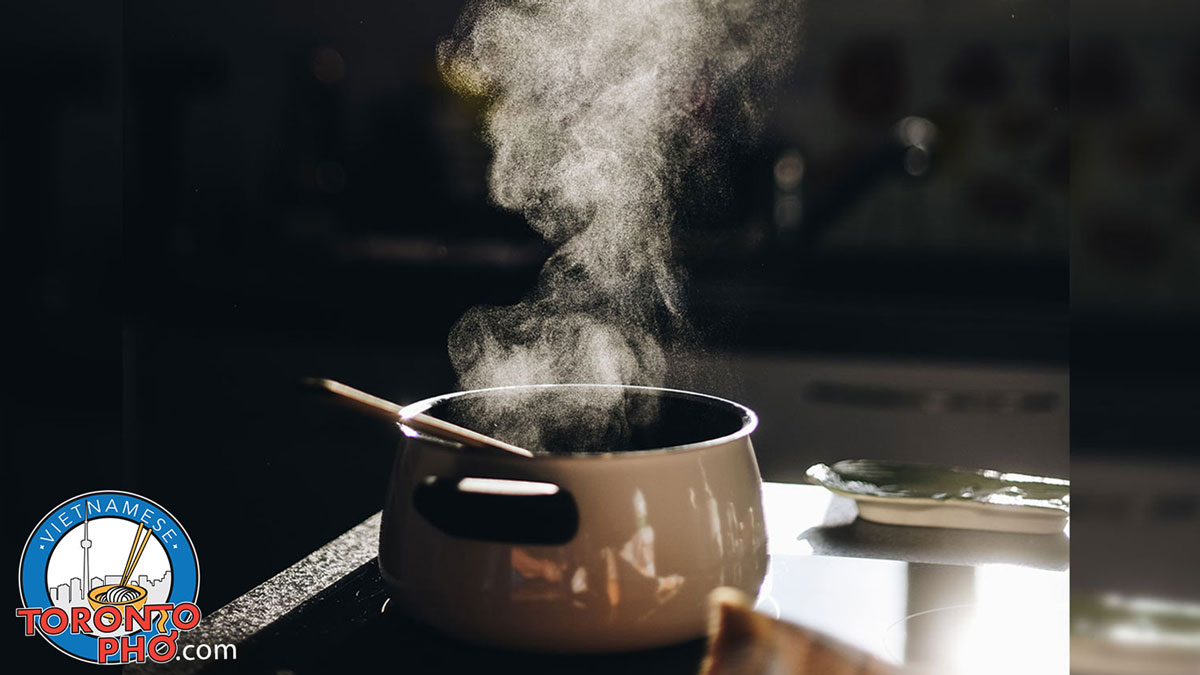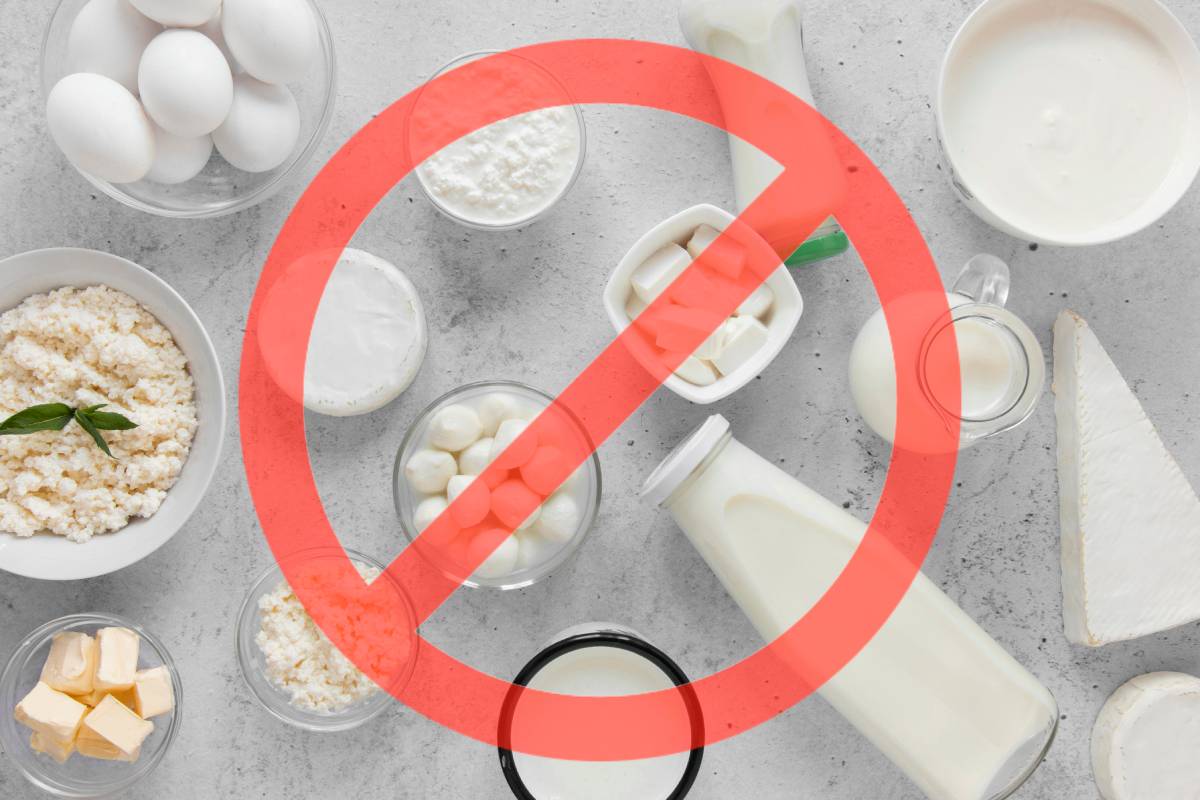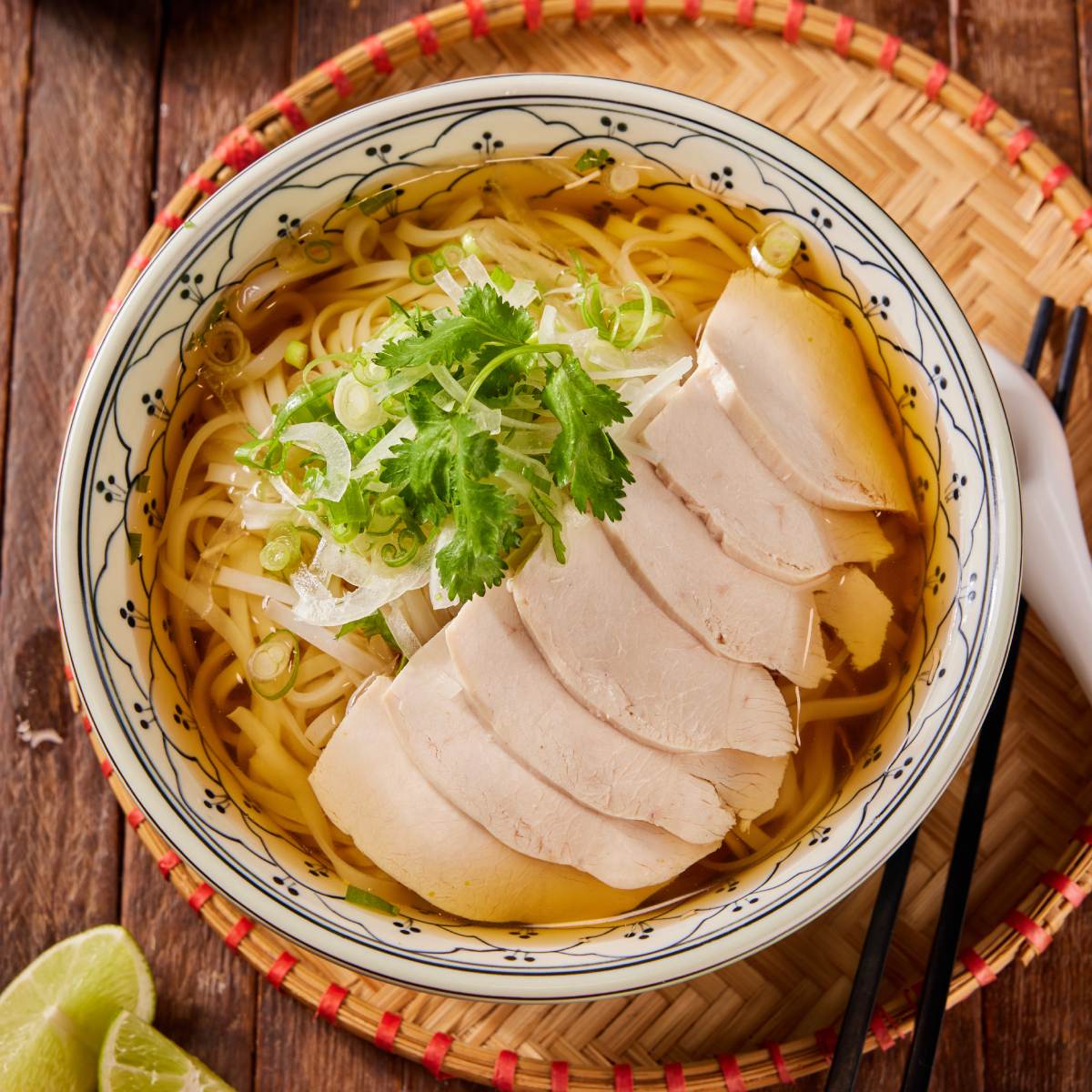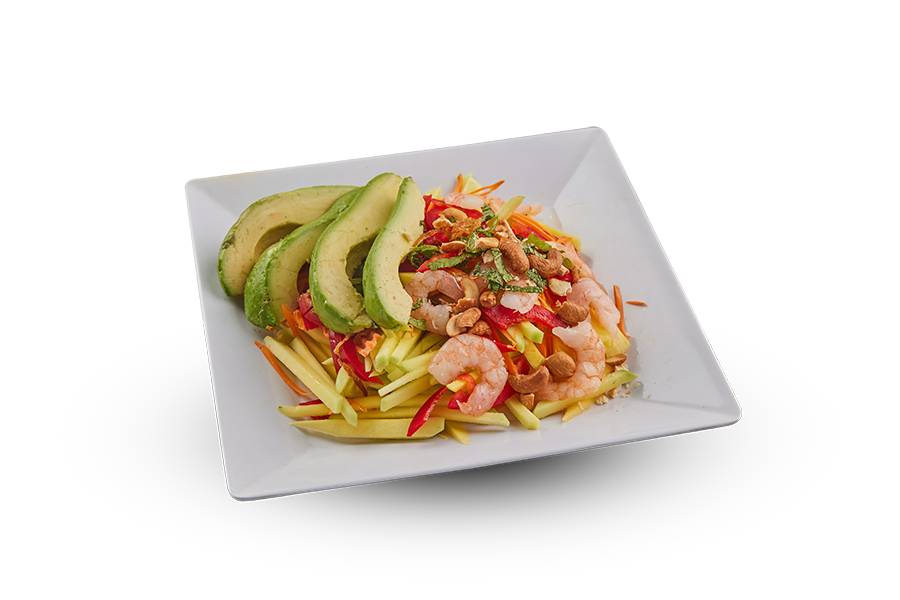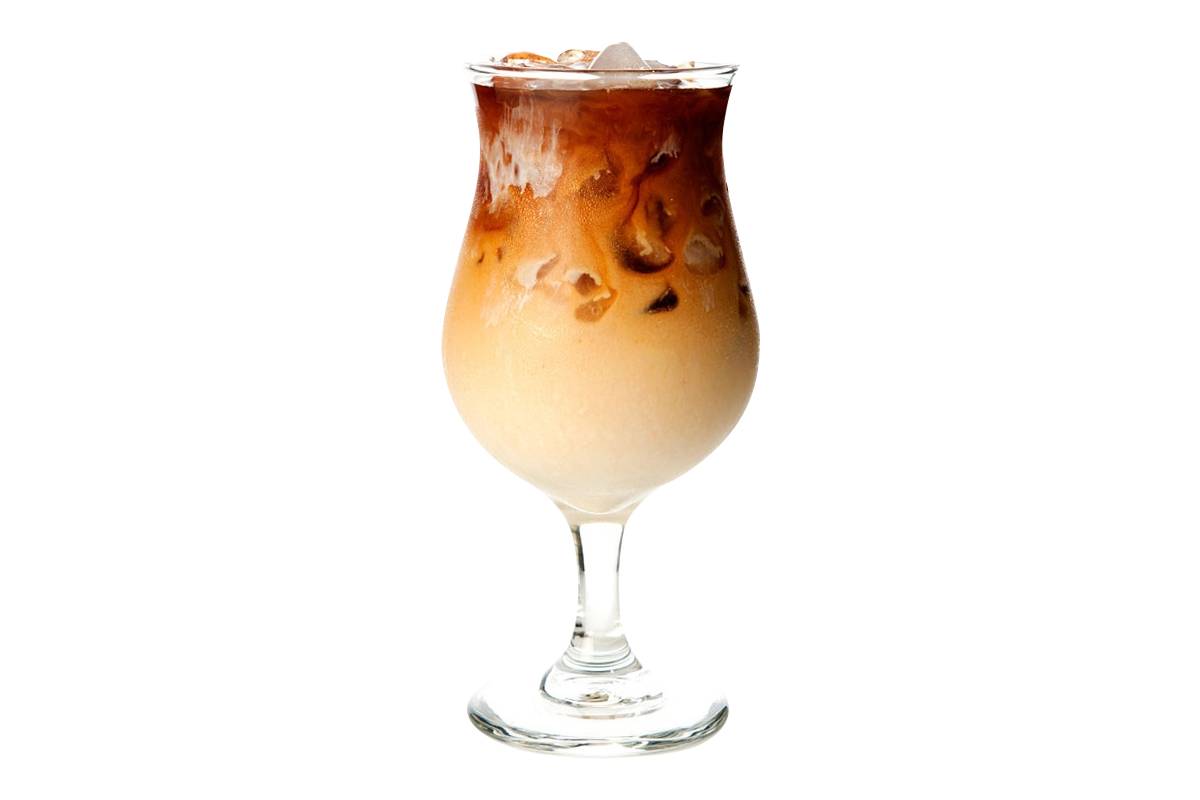Protein
Every Vietnamese meal has a protein source of some kind, usually in the form of pork, beef, chicken, or seafood. The most common choice in Vietnam is freshwater fish such as prawns, shrimp, squids, crabs, clams, mussels, or alternatively, the creation of sauces from these. As Vietnamese cooking has travelled the world however, it has become the standard to see pork, beef, or shrimp. It’s also not uncommon to see the use of multiple meats – each in very small portions – in a dish like a pho or stir fry.
Warmth = comfort
In Vietnamese food, an underrated element in the presentation and delivery of the food to the family is in its warmth. There are a lot of working-class Vietnamese people. At the end of a workday, these families generally want a meal that’s warm, comforting, and inviting at the dinner table. Approaching contemporary cooking in Canada in this same method, almost every Vietnamese meal is prepared with the guise of creating hot, healthy comfort food.
Herbs over oils
The most difficult thing a lot of Canadians and non-Vietnamese have to learn with Vietnamese cooking is how meals are customized to taste. It’s not uncommon in North America to use oils. Vietnamese cuisine is more about herbs, some spices, and methods of preparation. This is how taste is manipulated. Fresh herbs, garden-grown, are almost always chosen to help prepare everything from spring rolls to soups.
Variety in textures
A lot of attention is paid to the textures of the foods used when you’re cooking Vietnamese. Textures must not only be different but they must also harmonize together. When there’s soft, there’s got to be some crisp and crunch to it. When there are smooth textures on a plate, a chef prepares another food or element to add to it that is rough. It’s this balance of textures that enhance the philosophy of balance present throughout.
Broths and soups
Pho in Toronto is well known for being Vietnam’s most popular soup but there are many recipes for broths, traditional soups, and non-traditional customizations. Broths and soups are a major theme in Vietnam food, and have long been because of their affordability, the large amount a family’s able to make, and the healthiness of a broth-based meal. It can take a lifetime of practising to get the art and science of broth-making and soups in Vietnamese cuisine just right.
Appealing to the five senses
A lot of dishes in Vietnam are crafted with the intention to stoking and seducing the five senses. The arrangement on the plate should attract the eyes, the sounds of chewing a food should invoke temptation, and the herbs and aromas from a meal should stimulate the sense of smell. Especially if it’s finger good, the element of touching is also often considered. If you’re having family dinner, you want to ensure everyone feels welcome and tempted to indulge. This gets everyone gathered around the table and enjoying each other’s company.
Meats are cooked raw and kept clean
When we prepare meats in Vietnamese cooking, rarely will we ever put a piece of meat on a plate on its own. Always, meat is added to other dishes – be it a stir fry, rice, soups, pho, or something else. For this reason, one needs to be very careful with how meat is cooked. It isn’t overcooked. If spiced, it should only be done lightly. In general, little to no oil is used. With meat, the purpose is to cook it with the intention of mind that this will be the source of protein added with other ingredients to something grander. This is why it must be kept clean and as plain as possible.
The foods are kept and cooked fresh
Even in cooking food, we try our best as Vietnamese chefs to keep the food as close to fresh as possible. As mentioned, meats are only briefly cooked and never overcooked in an attempt to preserve as much of its natural taste as possible. Vegetables get eaten fresh. When cooked, they’re usually boiled or briefly stir-fried with as little oil as possible. Natural, fresh, unsalted, and unoiled foods are sought after in Vietnamese cuisine. This retains as much nutritional value as possible, while contributing to a full, balanced meal.
Minimal use of dairy
One food group you may be surprised to see largely ignored by Vietnamese cooking is dairy. Rarely is there any milk, eggs, or cheese used in Vietnamese cuisine. In an effort to keep a meal as close to fresh as possible, things like herbs and broths are used to deliver taste rather than the use or addition of dairy. In most cases, recipes blending in dairy are – simply put – doing it wrong.
Presentation counts!
Long before Instagram and the world of luxe cuisine, everyday Vietnamese cooking relied on presentation. How a meal is presented should make the most of the colors, textures, and components on the plate. An eye-pleasing presentation of a Vietnamese meal makes it appealing for people around the table. It also shows off the chef’s personality and emphasizes the hard work they’ve put in to prepare a meal.
Are you looking for tasty, veggie-filled Vietnamese cuisine in Toronto or the GTA? See famous Vietnamese dishes prepared authentically at the GTA’s #1 Vietnamese restaurant. Visit TorontoPHO today.

